7 Million Displaced by War in the Democratic Republic of Congo
Mass displacement reaches record levels as M23, a proxy force backed by Rwanda, continues its offensive in the eastern provinces of the DRC in violation of a ceasefire.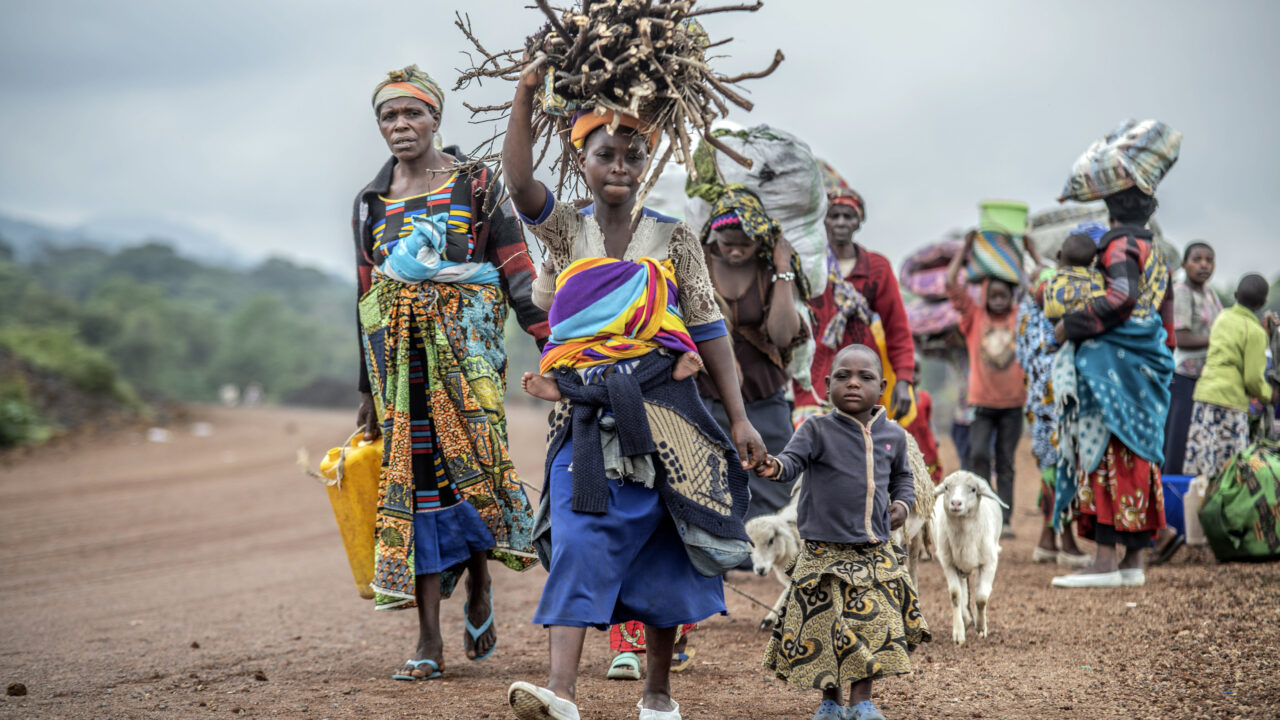 Residents flee fighting between M23 rebels and Congolese forces near Kibumba, some 20 kms (12 miles) North of Goma, Democratic republic of Congo, Oct. 29, 2022. The United Nations migration agency says a record 6.9 million people have been displaced by conflict across Congo, making it one of the world’s largest displacement and humanitarian crises. (AP Photo/Moses Sawasawa, File)
Residents flee fighting between M23 rebels and Congolese forces near Kibumba, some 20 kms (12 miles) North of Goma, Democratic republic of Congo, Oct. 29, 2022. The United Nations migration agency says a record 6.9 million people have been displaced by conflict across Congo, making it one of the world’s largest displacement and humanitarian crises. (AP Photo/Moses Sawasawa, File)
Almost seven million people have been internally displaced in the Democratic Republic of Congo (DRC) — the highest number on record— amid an escalation of fighting in a war that has been ongoing for two decades.
The country’s eastern provinces have been the worst-affected following a resurgence of attacks by the M23 rebel militia, internationally acknowledged to be a proxy force backed by neighboring Rwanda, in 2021. The DRC currently also has over 100 armed groups operating within its territory.
According to the International Organization for Migration’s Displacement Tracking Matrix (DTM), 2.3 million people have been displaced in North Kivu, 1.6 million people in Ituri, 1.3 million in South Kivu, and over 350,000 people in the Tanganyika provinces.
“As the security situation, particularly in North Kivu and Ituri, continues to deteriorate, movements are becoming more frequent and humanitarian needs are increasing.” said Fabien Sambussy, the head of the IOM mission in the DRC.
“The most recent escalation of the conflict has uprooted more people in less time than ever before. We must urgently provide aid to those who need it most.”
Armed clashes have further deteriorated other aspects of the humanitarian conditions in affected areas.
According to the International Organization for Migration’s Displacement Tracking Matrix (DTM), 2.3 million people have been displaced in North Kivu, 1.6 million people in Ituri, 1.3 million in South Kivu, and over 350,000 people in the Tanganyika provinces.
In Masisi for instance, there has been a “worrying increase” in the cases of severe acute malnutrition, according to Doctors Without Borders (MSF). Reduced trade amid the ongoing conflict has also led to a major increase in food prices, with the cost of cassava flour rising by four times.
The ongoing fighting has also had a severe impact on the health and disease response, with the DRC reporting the highest number of suspected cholera cases and deaths in West and Central Africa region.
The country alone accounts for almost 80% of disease transmissions and approximately 60% of all deaths, as per a report released by UNICEF last month. The provinces of North and South Kivu alone accounted for 80% of all cases in the country and 33% of all deaths.
In the province of North Kivu, fighting has escalated in the vicinity of the strategically important capital of Goma since the start of October. The M23 had briefly seized control of the city in 2012, before being driven out.
The movement lay mostly dormant for nearly a decade before launching its latest offensive, seizing significant areas in the Rutshuru, Masisi, and Nyiragongo territories of North Kivu since last year.
Fighting between the M23 and the Congolese armed forces (FARDC) had reached Kibumba, which lies 20 kilometers north of Goma, in Nyiragongo by October 24, and continued over the next several days.
This is despite the fact that the rebel group was supposed to have withdrawn from the area as of December 23, 2022, having even conducted a handover of the region to the Kenya-led East African Community Regional Force (EACRF) last year.
Clashes have also been reported in the Virunga National Park area for nearly 10 days. The FARDC had stated on October 24 that the M23 had attacked its positions in the Park, and that it had taken “all measures” to “respond to all eventualities.”
The EACRF had been deployed to the eastern provinces of the DRC in November. It currently comprises troops from Kenya, Burundi, and South Sudan, along with Uganda, with the latter’s presence on Congolese territory raising significant concerns given its extensive history of invasion and resource exploitation in Congo.
The EACRF has been reluctant to engage in direct combat with the M23, maintaining that its deployment is more concerned with the protection of civilians, the withdrawal of armed groups, and work towards the cantonment of the M23 and other armed groups.
This is despite the fact that the final communique of the EAC’s Mini-Summit held in the Angolan capital of Luanda in November 2022 calls for “intervention of the [EACRF] against M23…in case of non-compliance by M23 to cease hostilities and withdraw from the occupied territories.”
“If M23 does not withdraw the EAC Heads of States shall authorize use of force to compel the group to comply,” it had added.
On October 24, a Kenyan soldier who was part of the EAC regional force was killed amid the fighting in the Kibumba area. In a statement, the FARDC said that the M23 had attacked one its positions and had directed its mortar fire at advanced positions of the EACRF to create a misunderstanding between Congolese and regional forces.
Meanwhile, the EACRF in its own statement said that a ceasefire between the FARDC and the M23, which was established under what is called the Luanda peace process and has since been broken multiple times, had been breached, leading to the death of a Kenyan peacekeeper.
In the following days, intense fighting between the M23, and a local self-defense militia group, known as the Wazalendo or patriots, was reported in the Kibumba region. Heavy artillery fire was also reported near the city of Buhumba, with fighting reported for a fifth consecutive day as of October 31. Movement and traffic have remained suspended in the region, even as relative calm was observed by Wednesday morning.
The ongoing fighting has also had a severe impact on the health and disease response, with the DRC reporting the highest number of suspected cholera cases and deaths in West and Central Africa region.
Fighting was also reported in the town of Kitshanga in Masisi, with local residents stating that the M23 had recaptured the town as of October 22. The rebel group had seized control of the town back in January following which it had come under the control of the EACRF, and then reportedly under the control of a local self-defense militia group.
Local residents have reported that the M23 has prohibited people from accessing their fields, at a time where roads used to bring food supplies to the city have also been blocked.
On October 24, the Congolese government accused Rwanda of carrying out another illegal incursion into its territory in Tongo to provide reinforcements to the M23. Government spokesperson Patrick Muyaya stated that around fifty civilians had been killed following the invasion, and houses had been destroyed in the villages of Runzenze, Bishishe, and Marangara.
There is now an increasing international acknowledgement of Rwanda’s role in the ongoing war in the eastern provinces of the DRC, with even Western allies now coming forth to condemn its backing of the M23.
However, the decades-long demand for justice and accountability raised by the Congolese people has remained effectively unanswered by the international community.
Beyond vague statements of condemnation, however, countries like France are now facing internal pressure. Towards the end of October, left-wing French politician, Jean-Luc Mélenchon, visited the DRC. Among statements made during the visit, he condemned Rwanda’s support of the M23, and the “expansionist plans we have heard President [Paul] Kagame declare.”
Mélenchon was also among 75 French deputies who had authored a resolution to be presented in the French National Assembly, calling on to adopt a clear position regarding the conflict in the DRC.
In 2022, a UN Group of Experts noted in its report that the Rwandan Defense Forces (RDF) had engaged in “military operations against Congolese armed groups and FARDC positions” unilaterally and with the M23.
This was reiterated in the final report submitted by the Group to the UN Security Council in June, noting further evidence of “direct interventions” by the RDF on Congolese territory.
“Despite bilateral, regional and international efforts to de-escalate the crisis related to the Mouvement du 23 mars (M23), the sanctioned armed group continued to significantly expand its territory and increase its attacks,” the report noted.
“Announced withdrawals and disengagements appeared to have been temporary and tactical, aimed mainly at buying time amid mounting international pressure.”
The M23 launched an offensive in the town of Bambo in North Kivu on October 26, which is located 60 kilometers away from Goma. United Nations drone footage, accessed by AFP, had reportedly also shown columns of soldiers, believed to be from the Rwandan military according to UN sources, moving towards Bambo in mid-October.
The M23 had first seized the town in November, 2022 following its capture of Kishishe a few miles away, where it had massacred 171 people. The M23 had withdrawn from Bambo by April, after which the town came under the control of the EACRF. However, the rebels had remained in its vicinity.
The ongoing offensive of the M23— which is in blatant violation of the multiple ceasefires mediated by the EAC that it had supposedly agreed to— is taking place despite the fact that two separate multinational forces are currently deployed in the DRC. This includes the nearly two-decade long deployment of the UN in what has been the longest and most expensive peace-keeping operation in its history, and now the EACRF.
Continued insecurity has prompted repeated protests in the DRC against both these deployments, which have been met with severe and fatal violence at the hands of not only UN forces but the FARDC itself, including the killing of over 50 people in Goma in September.
The ongoing offensive of the M23 is taking place despite the fact that two separate multinational forces are currently deployed in the DRC.
The current mandate of the EACRF is set to expire on December 8. Meanwhile, the DRC has also called for a removal of the UN peacekeeping force, MONUSCO, whose current mandate will expire on December 20, around the same time as the country is set to hold its elections.
The Congolese government has indicated that it wants the EACRF to withdraw from the country after its current mandate expires. On November 1, government spokesperson Patrick Muyaya said, “some Congolese are now questioning why we even asked to join the EAC […] When we joined the EAC, it was to connect our country with the region. The regional bloc was committed to peacebuilding but unfortunately, we have little progress.”
Kinshasa has firmly rejected any direct negotiations with the M23. The government has also maintained that the effective implementation of the Luanda peace process is necessary for the inclusion of the M23 in the EAC-led Nairobi peace process which is focused on inter-Congolese dialogue among various armed groups in the country.
The M23 in turn has stated that its cantonment (and disarmament as prescribed under the Luanda process) is conditional upon dialogue with the Congolese government.
Previous rounds of talks with the rebel group’s former iterations, mediated by the US, had actually led to major concessions on the DRC’s part, including the formal incorporation of rebels into the Congolese armed forces.
The DRC’s integration into the EAC, of which Rwanda and Uganda are fellow members, also raises significant questions regarding the exploitation of the country’s mineral resources, which have been subjected to extensive looting even after independence.
Meanwhile, the Southern African Development Community (SADC) could also be deploying troops to the DRC in the coming weeks. Congolese officials told RFI that South Africa, Malawi, and Tanzania have already announced that they will contribute troops for the mission. Angola, additionally, has maintained that it would deploy troops to the eastern provinces to ensure the cantonment of the M23.
An in-person summit on the matter was held in Angola’s capital of Luanda on November 4.
Your support is crucial…With an uncertain future and a new administration casting doubt on press freedoms, the danger is clear: The truth is at risk.
Now is the time to give. Your tax-deductible support allows us to dig deeper, delivering fearless investigative reporting and analysis that exposes what’s really happening — without compromise.
Stand with our courageous journalists. Donate today to protect a free press, uphold democracy and unearth untold stories.


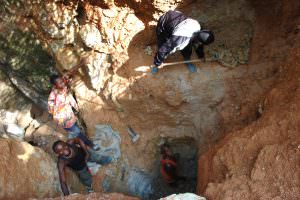
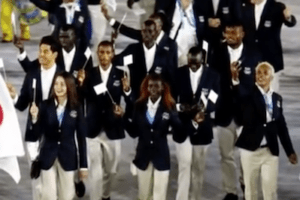
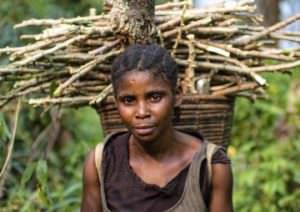
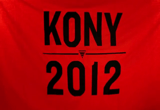
You need to be a supporter to comment.
There are currently no responses to this article.
Be the first to respond.